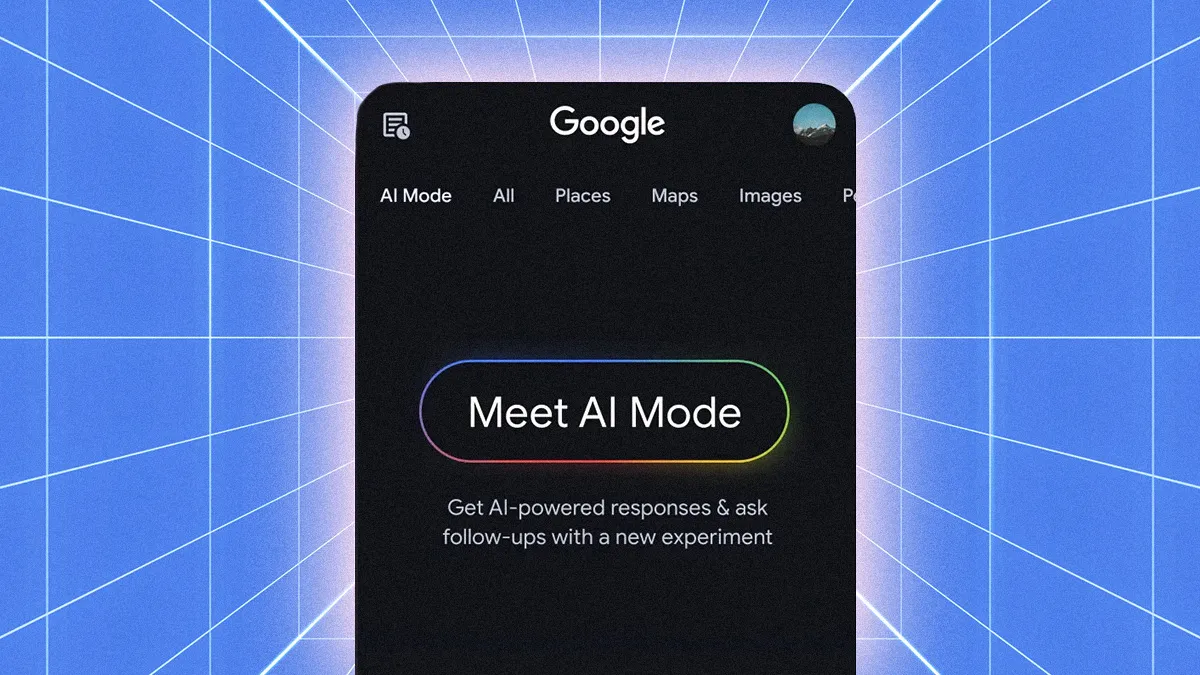Google AI Mode is a new feature designed to make using Google’s services smarter and faster. It helps users get more accurate and helpful answers by using advanced artificial intelligence technology. This mode changes how Google understands and processes questions, improving overall search and interaction experiences.
With AI Mode, Google can better understand the context behind searches, not just the keywords. This means it can provide answers that are more relevant and tailored to what the user really wants. It works across different Google products, helping with tasks like writing, researching, and finding information quickly.
People can use Google AI Mode for many purposes, from simple searches to complex problem-solving. It’s made to help save time and reduce the effort needed to find good information online. This feature reflects Google’s move toward smarter, AI-powered tools that improve digital interactions.
Key Takeaways
- Google AI Mode uses advanced technology for smarter and faster responses.
- It understands context to deliver more relevant and helpful answers.
- It supports a variety of tasks to make finding information easier.
What Is Google AI Mode?
Google AI Mode is a feature designed to enhance user interaction through artificial intelligence. It offers advanced tools that improve productivity, automate tasks, and customize experiences. The mode works across various devices and uses cutting-edge technologies to deliver smart features.
Core Features of Google AI Mode
Google AI Mode helps users with tasks like writing, searching, and organizing information. It can generate text based on short prompts, making it useful for emails, reports, or creative projects. It also offers smart suggestions and automatic corrections to improve the quality of text.
The mode supports voice commands, enabling users to control apps and devices hands-free. It can recognize context to provide relevant answers or actions. Privacy controls are built in, giving users the option to manage data sharing and AI learning settings.
Supported Platforms and Devices
Google AI Mode is available on many Google services such as Google Docs, Gmail, and Google Search. It works on Android and iOS smartphones, tablets, and desktop computers. Some smart devices, like Google Nest speakers and smart displays, also use AI Mode for voice control.
The mode syncs settings across devices linked to the same Google account. This lets users start a task on one device and continue on another without losing progress. Updates and improvements are delivered through Google’s cloud system, ensuring users always have the latest features.
Technologies Powering Google AI Mode
Google AI Mode relies on machine learning models trained on vast amounts of data. It uses natural language processing (NLP) to understand and generate human-like text. This technology allows it to interpret questions, suggest answers, and interact naturally.
Behind the scenes, Google deploys large-scale neural networks and cloud computing resources. These tools provide fast processing and handle complex tasks in real time. Google’s AI also uses privacy-focused design to protect user data while improving its responses.
How Google AI Mode Works
Google AI Mode uses smart design to make interactions easy and safe. It handles user input with care, processes data efficiently, and fits smoothly into Google’s work apps. This helps users stay productive without extra hassle.
User Interface and Accessibility
Google AI Mode features a clean, simple interface. Users can turn it on or off with one click in supported apps. The design focuses on clarity, with large buttons and clear text.
It supports voice commands for hands-free use. Screen readers and high-contrast themes help users with disabilities. Settings allow customization of AI suggestions, so users get help that matches their style.
The interface provides real-time feedback. It shows when AI is processing and offers clear options to accept or reject suggestions.
Privacy and Data Handling
Google AI Mode processes data locally when possible to protect privacy. When data is sent to servers, it uses encryption to keep it safe from interception.
User data is not sold or shared without permission. Google provides clear options for users to control what information AI Mode can access.
Data retention follows strict timelines, deleting personal data after a set period. Logs are used only to improve AI performance and are anonymized.
Integration With Google Workspace
Google AI Mode works inside apps like Gmail, Docs, and Sheets. It helps write emails, create documents, and analyze data automatically.
It syncs suggestions across devices, so users get consistent help on phone, tablet, or desktop. Updates happen automatically without user effort.
The AI adapts to workspace activity, learning frequent tasks to offer smarter shortcuts. Integration keeps workflows smooth by minimizing disruptions.
Benefits and Use Cases
Google AI Mode helps users by speeding up tasks, improving decisions, and making experiences more personal. It finds patterns in data quickly and adapts to different needs effectively.
Productivity Enhancements
Google AI Mode automates routine work, saving time for users. For example, it can draft emails, schedule meetings, and analyze data without manual input. This reduces human error and frees users to focus on creative tasks.
It also supports collaboration by summarizing long documents and generating project reports. Teams can use it to track progress and organize tasks more efficiently. These tools help businesses increase output without adding more staff.
Industry Applications
Many industries use Google AI Mode to improve services. In healthcare, it helps doctors by analyzing medical records to suggest treatments. In finance, it detects fraud and monitors transactions in real time.
Retailers use it to manage inventories and predict demand. Manufacturing benefits from AI Mode through predictive maintenance, avoiding machine breakdowns. This technology adapts to specific industry rules, ensuring compliance and safety.
Personalization Capabilities
Google AI Mode tailors experiences to individual users. It learns preferences to offer relevant recommendations, such as videos, products, or news articles. This increases user satisfaction and engagement.
It can adjust interfaces based on user behavior, making apps easier to navigate. For example, it might change settings for people with disabilities or suggest shortcuts. Personalization helps companies build stronger relationships with their customers.

